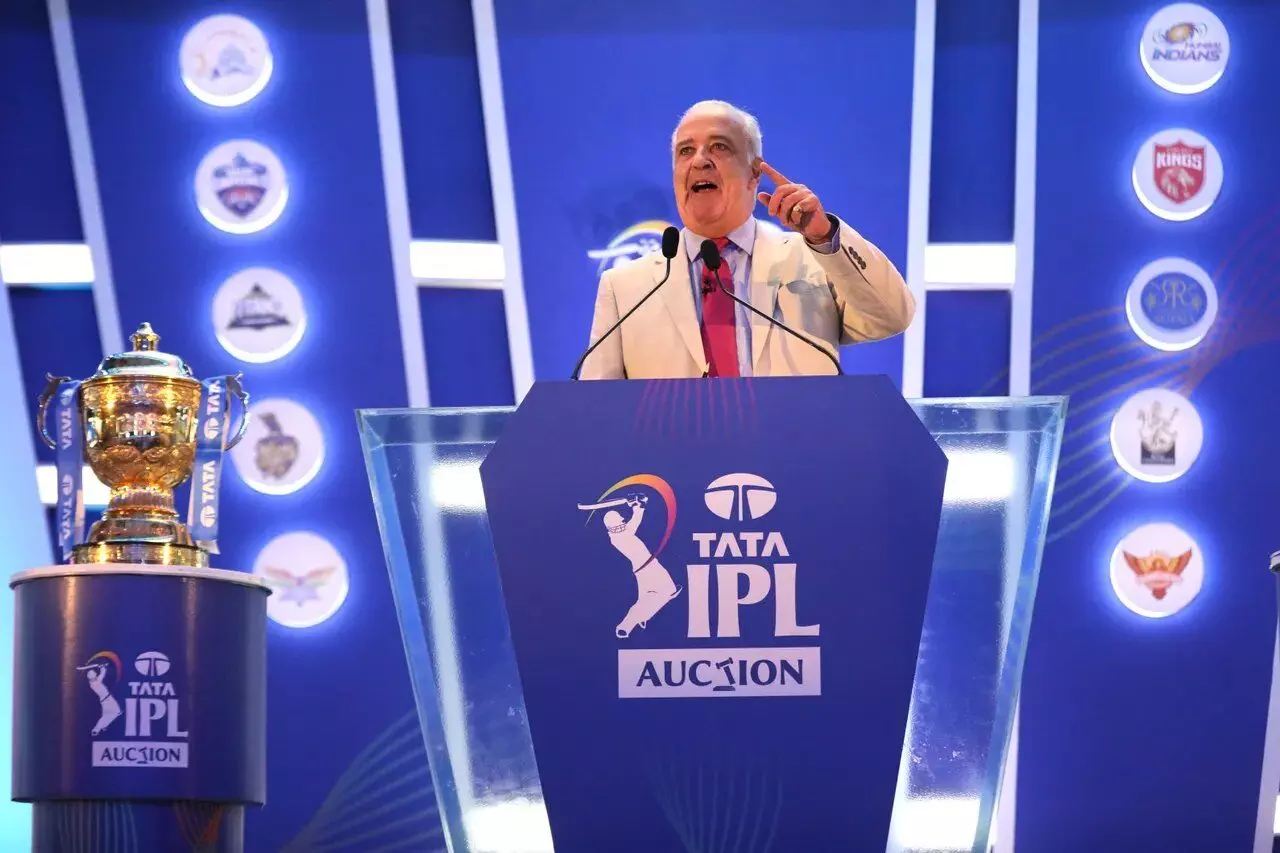Epitome of dynamism

As the Indian Premier League (IPL) is all set to grab the eyeballs again next year, in its 16th edition, it has become grander than ever. The growth of IPL, however, is not to be seen in static terms. It is loaded with dynamism. In June this year, after the media rights for the 2023-2027 fetched Rs 48,390 crore, IPL chairman Arun Dhumal asserted in clearest terms that the league "will be much bigger than what it is and will be the number one sports league in the world." When Dhumal said so, there were enough reasons to trust him. IPL, which was established as late as 2008, has already surpassed the English Premier League (EPL) and National Basketball Association league (NBA) in terms of value and remains second only to America's National Football League (NFL) which has a history of over 100 years. The exponential pace at which IPL is growing leaves no doubt that it has the potential to become the world's largest sporting league. The swelling figures of money spent in each successive IPL season are simply astounding. The IPL auctions, held in Kochi, for the 2023 season, saw the franchises collectively spending a huge sum of Rs 167 crore for 80 players. While expanding finances is an obvious thing, the manner in which the money is spent on players has become more systematic than ever. It is almost like a corporate set-up where the principle of 'utility' has gained precedence over 'expertise' in any one of the two major aspects of cricketing capability — batting or bowling. Franchises, this time around, have spent humongous sums on allrounders. They need someone who, most of the time, can create flashes of brilliance in a brief stint. Big names and deep experience in conventional cricket are not the prerequisites for prominence here. Young and energetic Sam Curran, who has proved his potential beyond doubt, was deservedly picked by Punjab Super Kings at the peaking price of Rs 18.5 crores. Mostly pragmatic Mumbai Indians, too, threw their weight behind the English all-rounder but couldn't cross the decisive line. Mumbai, however, managed to get another star all-rounder — Australia's Cameron Green — at a whopping Rs 17.5 crore. Chennai Super Kings, too, spent a massive sum of Rs 16.25 crore on Ben Stokes. The fighting spirit of the English all-rounder is proven beyond doubt. Franchises have clearly gone after the players who can turn the direction of the game in critical overs — both through their batting and bowling. If the expanding financial outlays and efficient use of the same offer promise on one side, then the emphasis on innovation, on the other, has emerged as another major hallmark of the league. With "innovation being the backbone of IPL", new rules provide each team with a chance to use an Impact Player for all the games. Unless and until a particular team fields less than four foreigners, the substitute player ought to be an Indian. Unlike the Syed Mushtaq Ali Trophy which allowed the use of a substitute player up to 14th over, the IPL rules now allow substitution all throughout the game. The Impact Player rule has nudged franchises to spend big money after players holding punching expertise in either batting or bowling. This has opened up the gates for players like Mayank Agarwal, Manish Pandey and Harry Brook who mopped up heavy sums this year. One can utter countless words of praise and applause for where IPL has reached since it started in 2008. But the core thing is that it may just be the beginning. The intent and approach towards making it the most powerful league, globally, appear promising. It remains to be seen how the plans materialize on the ground. The signs, presently, are all encouraging. Whatever transpires in the longer run, for now, cricket fans in India, and even abroad, are waiting for another captivating IPL season.



